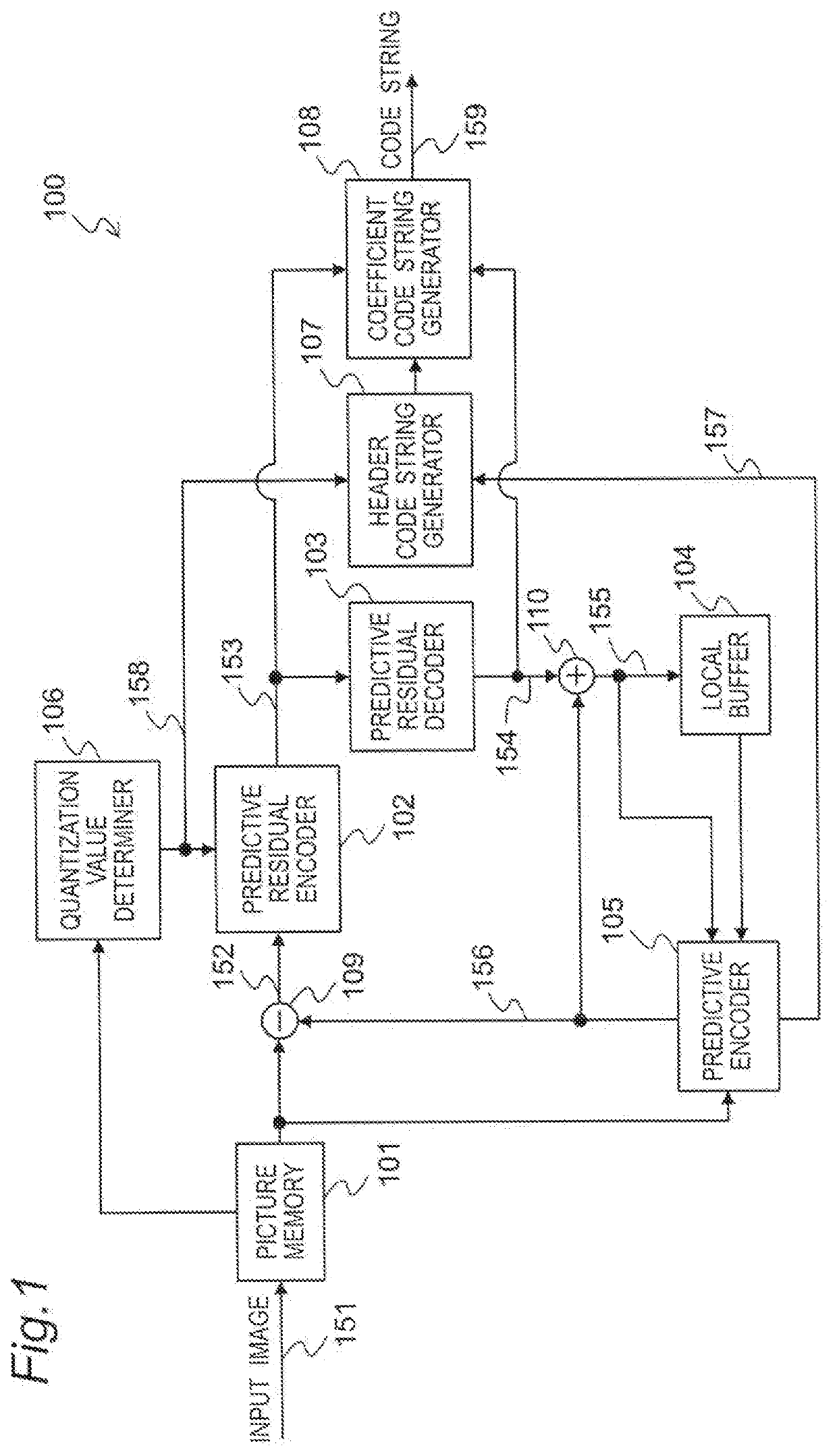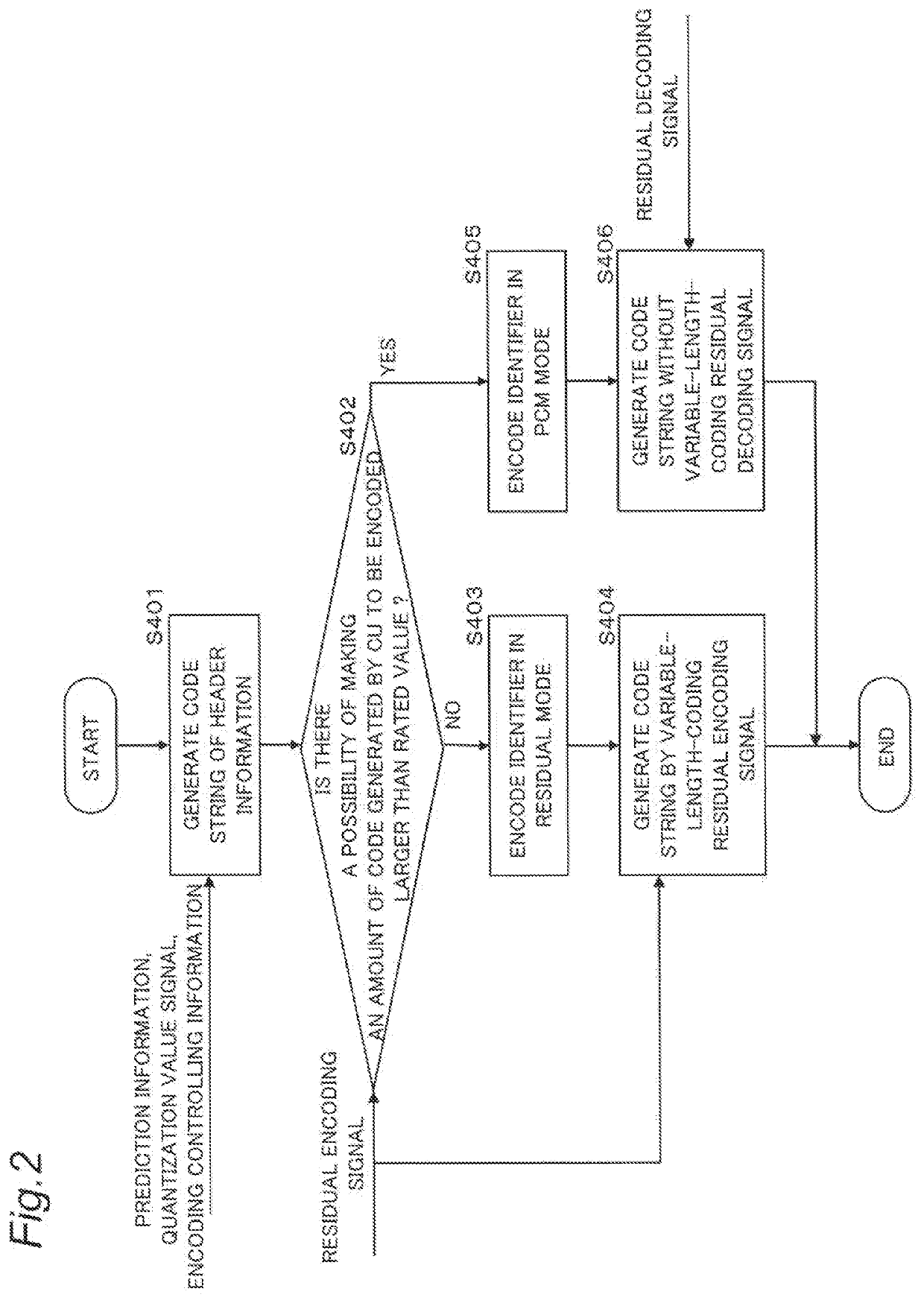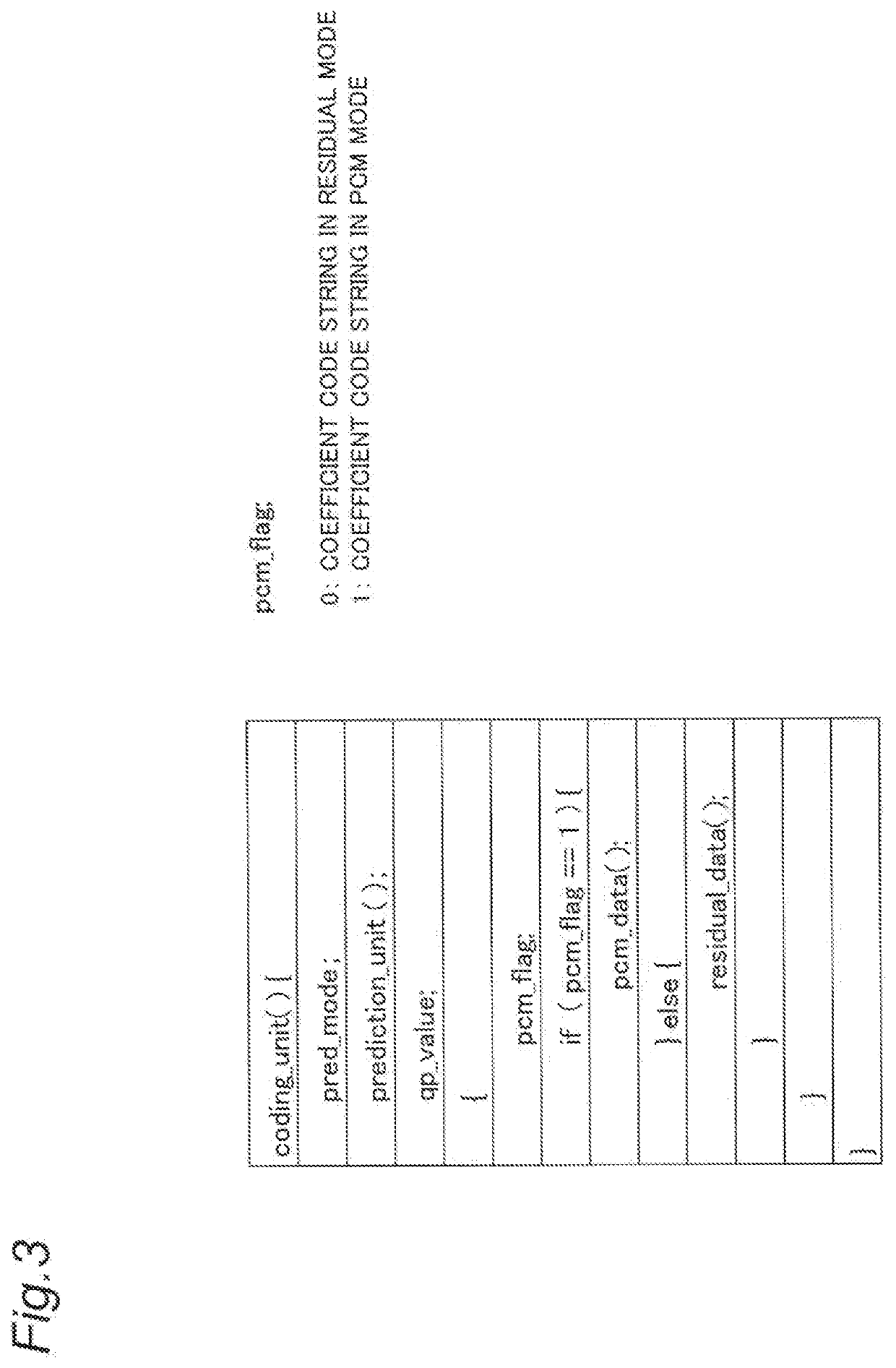Device and method of video encoding with first and second encoding code
a video and encoding technology, applied in the field of video image encoding devices, can solve the problems of reducing processing speed, reducing processing speed, and reducing so as to reduce the number of processes to be retraced, the effect of increasing the processing speed
- Summary
- Abstract
- Description
- Claims
- Application Information
AI Technical Summary
Benefits of technology
Problems solved by technology
Method used
Image
Examples
first embodiment
[0034]A video image encoding device according to a first embodiment will be described below with reference to the drawings.
1. Configuration of Video Image Encoding Device
[0035]FIG. 1 is a block diagram showing a configuration of a video image encoding device 100 according to the embodiment. The video image encoding device 100 divides a video image input in units of pictures and performs an encoding process in units of blocks to generate a code string.
[0036]The video image encoding device 100 includes a picture memory 101, a predictive residual encoder 102, a predictive residual decoder 103, a local buffer 104, a predictive encoder 105, a quantization value determiner 106, a header code string generator 107, and a coefficient code string generator 108.
[0037]The picture memory 101 accumulates input image signals 151 input in units of pictures in a display order an re-arranges pictures in an encoding order. When the picture memory 101 accepts a read instruction from a subtracter 109 or...
second embodiment
[0074]A video image encoding device according to the second embodiment will be described below with reference to the accompanying drawings.
1. Configuration of Video Image Encoding Device
[0075]FIG. 7 is a block diagram showing a video image encoding device 100-1 according to the embodiment. The video image encoding device 100-1 divides a video image input in units of pictures into blocks and performs an encoding process in units of blocks to generate a code string.
[0076]The video image encoding device 100-1 includes a coefficient code string generator 108-1 in place of the coefficient code string generator 108 of the video image encoding device 100 in the first embodiment.
[0077]For descriptive convenience, the detailed description of the same configurations as in the first embodiment will be omitted. Furthermore, in FIG. 7, the same numbers as in FIG. 1 denote blocks having the same functions as in FIG. 1.
[0078]The coefficient code string generator 108-1 has a first mode in which a c...
third embodiment
[0095]A video image encoding device according to a third embodiment will be described below with reference to the accompanying drawings.
1. Configuration of Video Image Encoding Device
[0096]FIG. 10 is a block diagram showing a video image encoding device 100-2 according to the embodiment. The video image encoding device 100-2 divides a video image input in units of pictures and performs an encoding process in units of blocks to generate a code string.
[0097]The video image encoding device 100-2 includes a coefficient code string generator 108-2 in place of the coefficient code string generator 108 of the video image encoding device 100 in the first embodiment.
[0098]For descriptive convenience, the detailed description of the same configurations as in the first embodiment will be omitted. Furthermore, in FIG. 10, the same numbers as in FIGS. 1 and 7 denote blocks having the same functions as in FIGS. 1 and 7.
[0099]The coefficient code string generator 108-2 executes the operations such...
PUM
 Login to View More
Login to View More Abstract
Description
Claims
Application Information
 Login to View More
Login to View More - R&D
- Intellectual Property
- Life Sciences
- Materials
- Tech Scout
- Unparalleled Data Quality
- Higher Quality Content
- 60% Fewer Hallucinations
Browse by: Latest US Patents, China's latest patents, Technical Efficacy Thesaurus, Application Domain, Technology Topic, Popular Technical Reports.
© 2025 PatSnap. All rights reserved.Legal|Privacy policy|Modern Slavery Act Transparency Statement|Sitemap|About US| Contact US: help@patsnap.com



